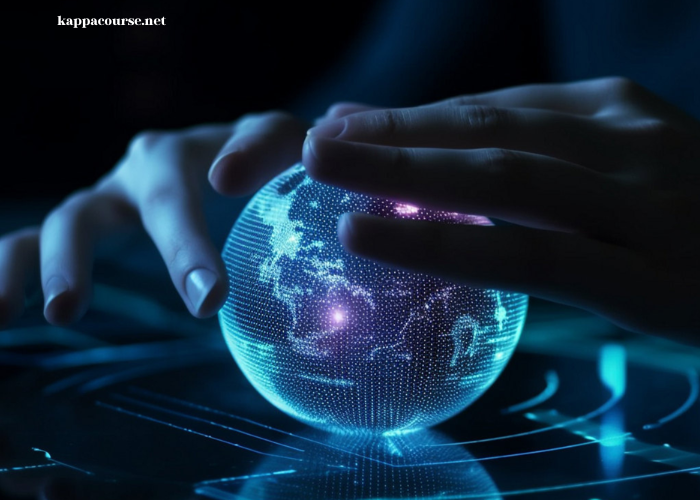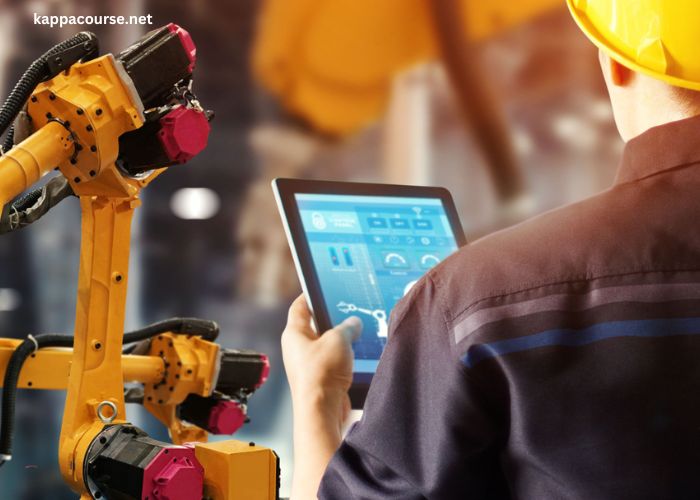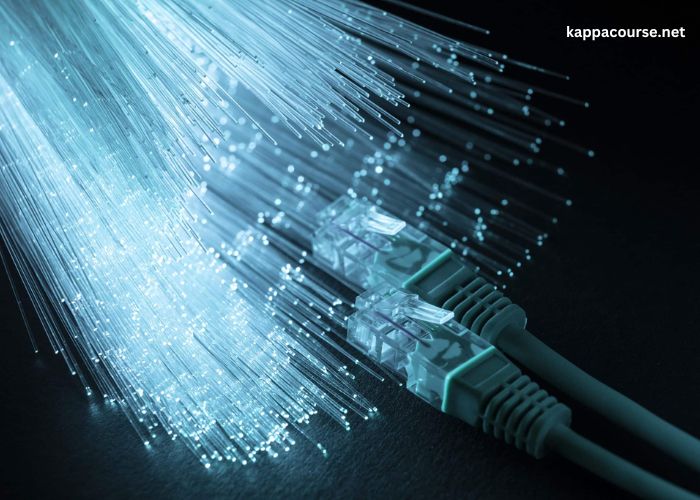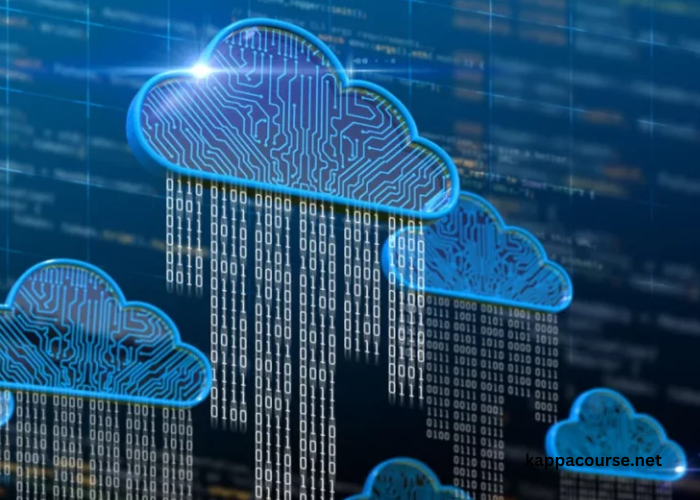In today’s rapidly evolving technological landscape, staying ahead of the curve is imperative for businesses and individuals alike. From artificial intelligence (AI) to blockchain, the digital frontier is teeming with innovations that promise to reshape industries and societies. In this article, we’ll delve into the most prominent tech trends that have been unveiled, and discuss how they are revolutionizing the way we live, work, and interact.
Artificial Intelligence (AI) and Machine Learning
Artificial Intelligence (AI) and Machine Learning (ML) are no longer futuristic concepts. They have become integral parts of our daily lives, from voice assistants like Siri and Alexa to personalized content recommendations on streaming platforms like Netflix. AI’s ability to analyze massive datasets and make predictions based on patterns has transformed industries such as healthcare, finance, and logistics.
a) Healthcare: AI is playing a pivotal role in revolutionizing healthcare. It assists in diagnosing diseases, analyzing medical images, and predicting patient outcomes. For instance, IBM’s Watson can sift through mountains of medical literature to provide doctors with relevant information for making treatment decisions.
b) Finance: In the financial sector, AI-powered algorithms are used for fraud detection, algorithmic trading, and credit risk assessment. Robo-advisors, which provide automated investment advice based on an individual’s financial goals and risk tolerance, have gained popularity.
c) Logistics: AI-driven route optimization and demand forecasting have made supply chains more efficient. Companies like Amazon employ AI to predict what customers are likely to purchase, optimizing inventory management and reducing delivery times.
Machine Learning, a subset of AI, is particularly promising. It enables systems to improve their performance through data-driven learning without being explicitly programmed. As more data becomes available, ML models become more accurate, which in turn, leads to smarter decision-making processes across various domains.
Blockchain and Cryptocurrencies
Blockchain technology, originally developed to underpin cryptocurrencies like Bitcoin, has transcended its initial use case. It’s now recognized for its potential to revolutionize industries such as finance, supply chain, healthcare, and more.
a) Finance: Blockchain’s decentralized nature eliminates the need for intermediaries, making financial transactions faster and more cost-effective. Smart contracts, self-executing agreements with the terms of the contract directly written into code, enable automated and trustless transactions.
b) Supply Chain: Blockchain can enhance supply chain transparency and traceability. By recording every step of a product’s journey on an immutable ledger, consumers can have confidence in the authenticity and quality of products.
c) Healthcare: Patient records stored on a blockchain can improve data security, interoperability, and accessibility. Patients can grant access to their medical history to authorized healthcare providers securely and instantly.
Cryptocurrencies, which are digital or virtual currencies that use cryptography for security, have gained considerable attention as both an investment opportunity and a means of facilitating transactions. Bitcoin, Ethereum, and other cryptocurrencies have made headlines for their rapid price fluctuations and adoption by mainstream financial institutions.
5G Technology
Fifth-generation (5G) wireless technology is a game-changer in the realm of connectivity. It offers significantly faster data transfer speeds, lower latency, and the ability to connect a massive number of devices simultaneously. These improvements have far-reaching implications.
a) Internet of Things (IoT): 5G is poised to accelerate the growth of IoT by providing the necessary infrastructure for real-time data transmission. Smart cities, autonomous vehicles, and industrial automation will benefit from this robust connectivity.
b) Augmented and Virtual Reality (AR/VR): AR and VR applications, which require high data bandwidth and low latency, will become more immersive and accessible with 5G. This has implications for gaming, education, and remote work.
c) Telemedicine: The healthcare sector is leveraging 5G to enable high-quality video consultations and remote surgeries. Patients in remote areas can access healthcare services with the same level of care as those in urban centers.
However, the widespread deployment of 5G networks also raises concerns about privacy and security. As more devices and systems become connected, the potential for cyberattacks and data breaches increases. Consequently, robust security measures are imperative to safeguard this digital frontier.
Internet of Things (IoT)
The Internet of Things (IoT) refers to the interconnectedness of everyday objects, devices, and appliances via the internet. IoT has permeated our homes, industries, and cities, enhancing convenience and efficiency.
a) Smart Homes: IoT devices like thermostats, lighting systems, and security cameras can be controlled remotely through smartphones. They also learn user preferences and adapt to create a more comfortable living environment.
b) Industrial IoT (IIoT): In the industrial sector, IIoT optimizes operations by collecting data from machines and sensors, enabling predictive maintenance and reducing downtime.
c) Smart Cities: IoT technologies are used to monitor and manage traffic, energy consumption, and waste disposal in smart cities. These initiatives aim to improve urban living conditions and sustainability.
While IoT offers numerous benefits, it also raises concerns about privacy and security. Vulnerabilities in IoT devices can be exploited by malicious actors to gain unauthorized access to personal data or launch cyberattacks. Thus, there is a growing need for IoT security standards and practices.
Cybersecurity Advancements
The digital frontier has its fair share of threats, and as technology evolves, so do the methods employed by cybercriminals. Consequently, the field of cybersecurity is constantly adapting and innovating to protect individuals, organizations, and governments.
a) Artificial Intelligence in Cybersecurity: AI is being used both by cybersecurity experts and malicious actors. AI-driven security systems can identify and respond to threats in real-time, but cybercriminals can also use AI to create more sophisticated attacks.
b) Zero Trust Security: The traditional security model, which assumes that threats exist outside the network and trust exists inside, is being replaced by the Zero Trust model. Zero Trust assumes that threats can exist both inside and outside the network and verifies everything attempting to connect.
c) Biometric Authentication: Passwords are increasingly being replaced with more secure biometric authentication methods such as fingerprint and facial recognition. These methods are harder to spoof and offer enhanced security.
As more critical infrastructure and personal data are digitized, the importance of cybersecurity cannot be overstated. Cybersecurity professionals are in high demand to protect against the growing threat landscape, making it a promising career choice.
Augmented Reality (AR) and Virtual Reality (VR)
Augmented Reality (AR) and Virtual Reality (VR) are immersive technologies that have found applications beyond gaming and entertainment.
a) Education: AR and VR can provide immersive learning experiences. Students can explore historical sites, travel to distant planets, or dissect virtual organisms, enhancing engagement and understanding.
b) Training: In industries such as aviation, healthcare, and the military, AR and VR are used for realistic training simulations. This reduces the risks associated with real-world training scenarios.
c) Healthcare: Surgeons can use AR to overlay digital images onto a patient’s body during surgery, providing real-time guidance and improving precision. VR is used for pain management and therapy.
While AR and VR offer incredible potential, there are challenges to overcome, such as the high cost of hardware and the need for compelling content. As technology advances and becomes more accessible, these challenges may be addressed.







